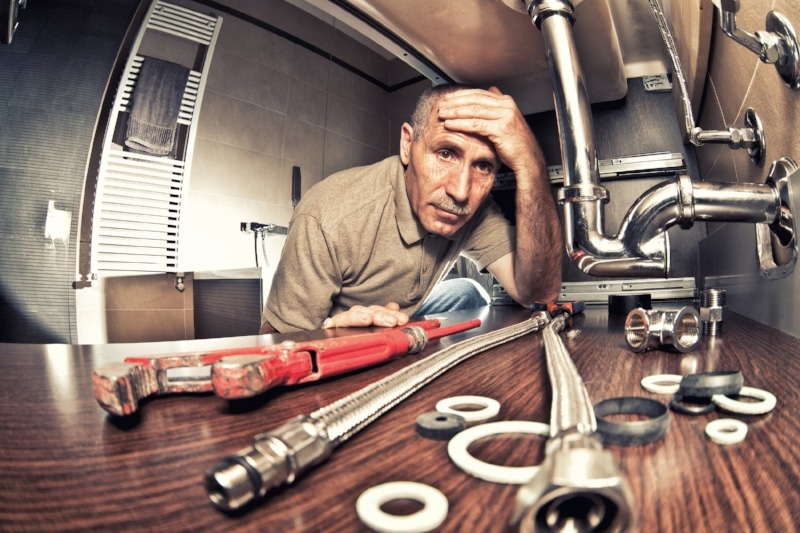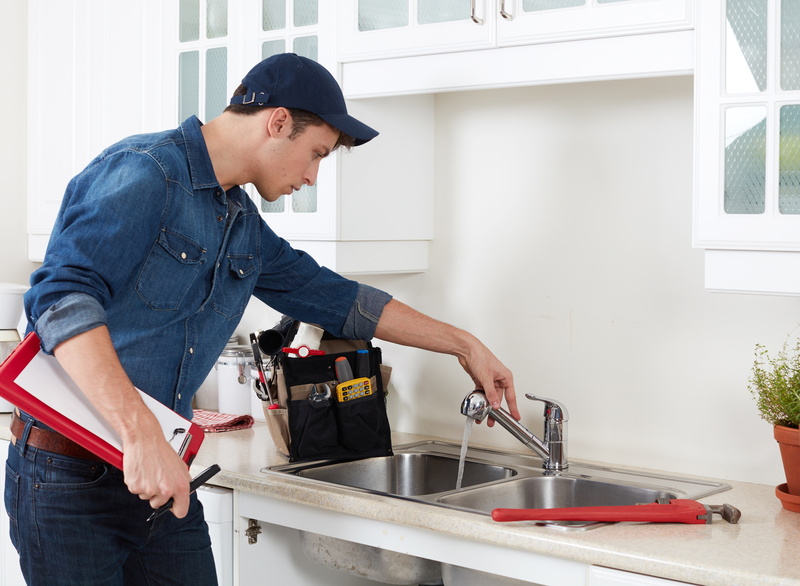To DIY or Not to DIY?
To DIY or Not to DIY?
Blog Article
The article which follows on the subject of DIY Plumbing Projects and When to Call a Professional is truly insightful. You should keep reading.

Intro
Pipes issues can vary from small aggravations to major headaches, often triggering property owners to make a decision between dealing with the problem themselves or calling in a specialist plumbing professional. Recognizing when to do it yourself and when to look for professional assistance can conserve time, money, and stop potential calamities. This article explores the factors to take into consideration when making this critical choice.
Advantages of Do It Yourself Plumbing
Tackling plumbing jobs yourself can be satisfying in a number of methods, particularly for easier tasks.
Complexity of Jobs
Some pipes problems call for customized knowledge and devices past regular home owner abilities. Mishandling intricate issues can bring about additional damages and expensive repairs.
Safety Issues
Collaborating with pipes systems involves risks such as exposure to water damages, possibility for electric hazards, and dealing with devices inaccurately. Safety precautions must be observed to stop mishaps and ensure efficient fixings.
Indicators to Call a Professional Plumbing Technician
Identifying when a pipes problem exceeds DIY abilities is crucial to stop aggravating troubles.
Indicators of Complex Problems
Instances include:
Prompt expert treatment is essential to deal with these problems successfully and decrease damage.
Do It Yourself Pipes Tips
For effective DIY pipes, it's important to be prepared with the right tools and follow proper treatments.
Basic Tools and Products
Trick tools for do it yourself pipes:
Step-by-Step Guides
Clear instructions make sure safe and efficient do it yourself repair work:
Selecting the Correct Time to Do It Yourself
Establishing when to tackle plumbing jobs on your own calls for assessing both the intricacy of the concern and individual convenience degrees.
Evaluation Checklist
Consider:
Cost Cost savings
DIY pipes projects frequently conserve money by preventing expert service charge. Jobs like dealing with small leaks, replacing faucets, or installing new showerheads are examples where homeowners can take care of fixings without employing a plumber.
Ability Enhancement
Taking part in do it yourself plumbing offers a chance to find out and improve useful skills. Basic tasks encourage homeowners to understand their pipes systems better and acquire confidence in managing small repairs individually.
Dangers of DIY Pipes
While do it yourself tasks supply advantages, specific dangers should be very carefully considered prior to trying repair work.
When to Definitely Call an Expert
Specific situations require immediate experienced attention to stop extensive damage or security threats.
Emergency situation Scenarios
Instances consist of:
Searching for and Employing an Expert Plumbing Professional
Picking a qualified plumbing makes sure reliable solution and comfort in solving plumbing issues.
Standards for Selection
Elements to consider:
Expense Evaluation: do it yourself vs. Expert Providers
Contrasting the financial ramifications of do it yourself initiatives versus expert pipes solutions aids in making notified decisions.
Financial Considerations
Assess:
Final thought
Choosing whether to do it yourself or call an expert plumbing technician hinges on recognizing the complexity of plumbing concerns and personal abilities. By considering the benefits and dangers, home owners can make enlightened options that promote efficient maintenance and protect their homes from pipes disasters.
DIY Plumbing Projects: What Homeowners Can Do and When to Call a Professional
Welcome to our comprehensive guide on DIY plumbing projects. In this blog post, we aim to empower homeowners with the knowledge and skills to tackle basic plumbing tasks around the house. From unclogging drains to fixing a leaky faucet, we’ll walk you through step-by-step instructions on how to handle these common issues.
However, not all plumbing problems can or should be solved with a DIY approach. Recognizing when a problem is beyond your skill level and requires professional intervention is just as important as knowing how to perform basic tasks. We’ll also discuss the signs that indicate it’s time to put down your tools and pick up the phone to call a professional plumber. By understanding when to DIY and when to call a professional, you can save time, avoid potential disasters, and ensure your home’s plumbing system remains in top shape.
Understanding Plumbing Basics
Before we dive into the DIY projects, let’s take a moment to understand the basics of your home’s plumbing system. A typical residential plumbing system consists of two major components: the water supply system, which brings fresh water into your home, and the drainage system, which removes waste water. These systems are made up of a network of pipes, valves, and fixtures that work together to deliver clean water and dispose of waste efficiently.
Regular maintenance of your plumbing system is crucial to prevent minor issues from escalating into major problems. This includes tasks like checking for leaks, removing minor clogs, and ensuring your pipes are insulated for winter. By performing these tasks regularly, you can extend the lifespan of your plumbing system, save money on water bills, and maintain the comfort and hygiene of your home.
In the following sections, we’ll explore some common DIY plumbing projects that homeowners can handle, as well as situations that require the expertise of a professional plumber. Whether you’re a seasoned DIY enthusiast or a beginner, this guide will provide you with valuable insights into the world of home plumbing.
DIY Plumbing Projects Homeowners Can Handle
Plumbing may seem intimidating, but there are several tasks that homeowners can confidently tackle with a little guidance and the right tools. Here are a few common issues you might encounter and how to address them.
Unclogging Drains
Use a Plunger: This is your first line of defense. A good old-fashioned plunger can dislodge the obstruction and clear the drain in many cases. Try a Plumber’s Snake or Hand Auger: If the plunger doesn’t work, a plumber’s snake or hand auger can reach deeper into the pipe to break up the clog. Use a Drain Cleaner: If physical methods fail, a chemical drain cleaner can dissolve the clog. However, use these products sparingly as they can damage your pipes if overused.

We hope you enjoyed our part about DIY vs. Professional Plumbing Repairs: When to Call a Pro. Thanks a lot for taking time to read through our short article. Do you know anybody else who is intrigued by the topic? Do not hesitate to share it. We truly appreciate reading our article about When to Call a Plumber? DIY or Professional Help.
Schedule Services Report this page